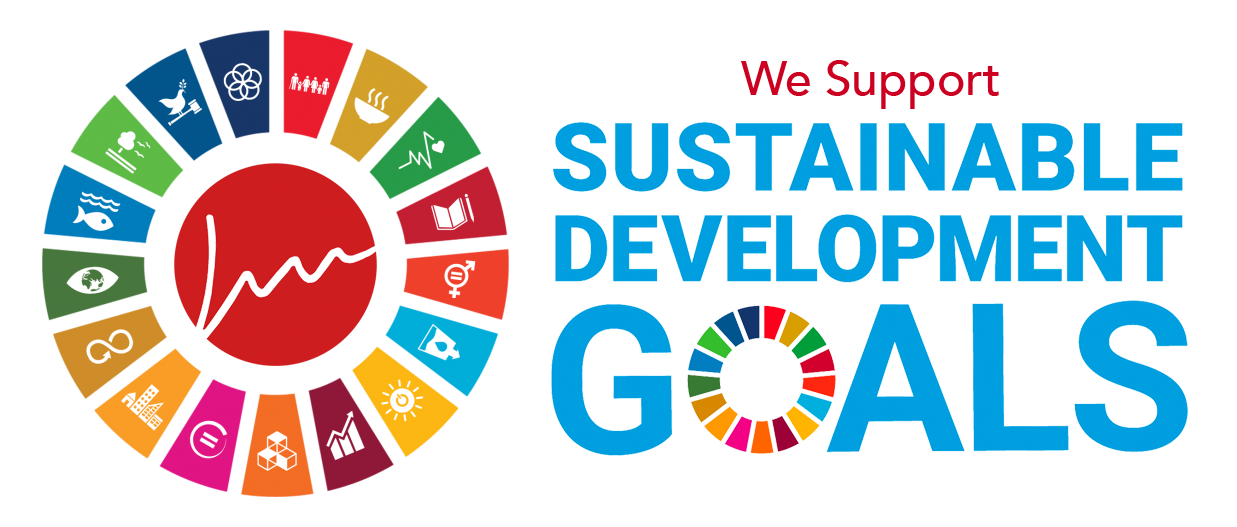Laptops, Cell Phones, eGamesDefied Slump as COVID-19 Dented 2020’s Electronics Sale

Foreseen drop in 2020 sales-related e-waste : 4.9 million metric tonnes or ~6.4%;
Pandemic intensified digital divide between high, middle and low income countries
In the first three quarters of 2020, the COVID-19 pandemic caused a 30% fall in electronic and electrical equipment sales in low- and middle-income countries but only a 5% decline in high-income countries, highlighting and intensifying the digital divide between north and south, according to a new UN report.
Worldwide, sales of heavy electric appliances like refrigerators, washing machines and ovens fell the hardest — 6-8% — while small IT and telecommunications equipment decreased by only 1.4%. Within the latter category, sales of laptops, cell phones and gaming equipment rose in high-income countries and on a global basis, but fell in low- and middle-income countries.
The new report, by UN e-waste researchers, predicts an overall 4.9 million metric tonne (Mt) fall in future 2020 sales-related e-waste, about 6.4% less than a “business as usual” scenario.
“The Impact of the COVID-19 Pandemic on E-waste in the First Three Quarters of 2020,” is published by the UN University’s Sustainable Cycles Programme (SCYCLE), Bonn, and UNITAR, the United Nations’ Institute for Training and Research, which recently established presence in Bonn.
The global-level results run contrary to early expectations, says Kees Baldé, a UNU Senior Programme Officer, who co-authored the report with UNU SCYCLE and UNITAR colleague Ruediger Kuehr.
Home offices and schooling, online hang-outs and shopping, movie streaming and other activities driven higher by COVID-19 lockdowns had many experts predicting a sizable increase in electrical and electronic equipment consumption, as well as an increase in e-waste disposal as people went house-cleaning and shopping to replace near-broken electronic equipment.
Worldwide, however, all major categories of electronic and electrical equipment – screens and monitors, large equipment, temperature exchange equipment, small equipment, and lamps – decreased by 6-8%.
By weight, the largest decrease in consumption was in the large equipment category, down by 1.7 Mt, followed by small equipment and lamps.
Impacts were largest in 2020’s first and second quarters. Consumption rebounded in the third quarter in high-income countries, though not in low- and middle-income countries.
“The so-called digital divide is increasing,” says Dr. Kuehr. “The ability to adapt to digitisation and earn a living or simply to own and benefit from electronics is decreasing in some parts of the world. COVID-19 also revealed a digital divide in high-come countries, where many poor are left behind.”
A small silver lining is the reduction of e-waste flows, though likely temporary, he notes, in regions where e-waste mismanagement leads to large environmental and health damage.
The report urges that nations use this breathing space to improve e-waste management.
Dr. Baldé adds that COVID-19 has accentuated global inequality in other ways, causing half a billion people to be under-employed or out of work, with women twice as detrimentally-affected as men.
And workers in low income countries suffer most, losing 23% of their working hours and causing social disasters, as people fall into debt, skip meals, and keep their children home from school.
By region:
Electronic and electrical equipment consumption, first three quarters of 2020
Northern Africa and Western Asia
In four countries with complete datasets for analysis (Armenia, Israel, Egypt, and Azerbaijan), an upward trend in consumption was observed, with minor fluctuations, from 2018 to 2019. All three quarters of 2020 showed a decline compared to previous quarters and to the same quarters a year earlier.
Sub-Saharan Africa
In three with complete datasets for analysis (South Africa, Mauritius, and Zambia) a fluctuating but upward trend in consumption occurred from 2018 to 2019. All three quarters of 2020 showed a decline, especially quarter 2, when the consumption was roughly 40% lower. The third quarter of 2020 showed an increase compared to the previous quarter, but below pre-COVID-19 levels.
Eastern and Southeast Asia
Five countries and Hong Kong had complete datasets for analysis (China, Hong Kong SAR, Japan, Maldives, India, and Pakistan), which showed a mildly fluctuating but upward trend in consumption from 2018 until the third quarter of 2019. From the fourth quarter of 2019 through the first two quarters of 2020 consumption decreased while the third quarter of 2020 showed an increase.
Central Asia
Only one country, Kyrgyzstan, had complete datasets for analysis and they showed a fluctuating but upward trend in consumption in 2018 and 2019, then a decrease in the first three quarters of 2020. The third quarter of 2020 was higher than quarter two, but not to the levels of pre-COVID-19 times.
Europe and North America
These regions had the best data coverage and the analysis included 22 countries of EU-27, Switzerland, Serbia, Norway, Canada, TFYR of Macedonia, United Kingdom, the United States, Belarus, and Iceland. The data showed a mildly fluctuating but upward trend in consumption in 2018 and 2019 then a decrease in the first two quarters of 2020. Consumption rose in the third quarter of 2020 — higher than the second quarter and even higher than the third quarter of 2019. However, consumption in the first three quarters together did not reach pre-COVID-19 levels.
Australia and New Zealand
Consumption fluctuated in 2018 and 2019, with peaks in the fourth quarters and a slight decrease from 2018 to 2019 and decreases in the first two quarters of 2020 compared to the previous years. The third quarter of 2020 was remarkably higher than the second quarter. Overall, the increase in the third quarter is larger than the declines compared to the “business as usual” scenario, bringing the consumption levels of the first three quarters of 2020 back to those of 2018.
Latin America and the Caribbean
The study included data from four countries, Belize, El Salvador, Mexico, Antigua and Barbuda, which showed consumption fluctuating from 2018 through 2019, then decreasing consumption in the first two quarters of 2020 compared to the previous years. Consumption in 2020’s third quarter was higher than the second, but did not reach pre-COVID-19 levels.
* * * * *
The pandemic’s effect on e-waste involved was estimated by using monthly trade statistics on a representative sample of all e-waste categories from January 2018 to October 2020 in 50 countries. The results were extrapolated to all electronic products and compared against a “business as usual” scenario, based on the monthly data from 2018 and 2019, and corrected for seasonal fluctuations.
* * * * *
The SCYCLE Programme, currently co-hosted by UNU and UNITAR, will further research the COVID-19-related impacts on e-waste and will dedicate a special chapter to this challenge in the next Global E-waste Monitor, with an expected publication date of late 2022.
* * * * *
The Report: “IMPACT OF THE COVID19 PANDEMIC ON E-WASTE”
 中文
中文
























